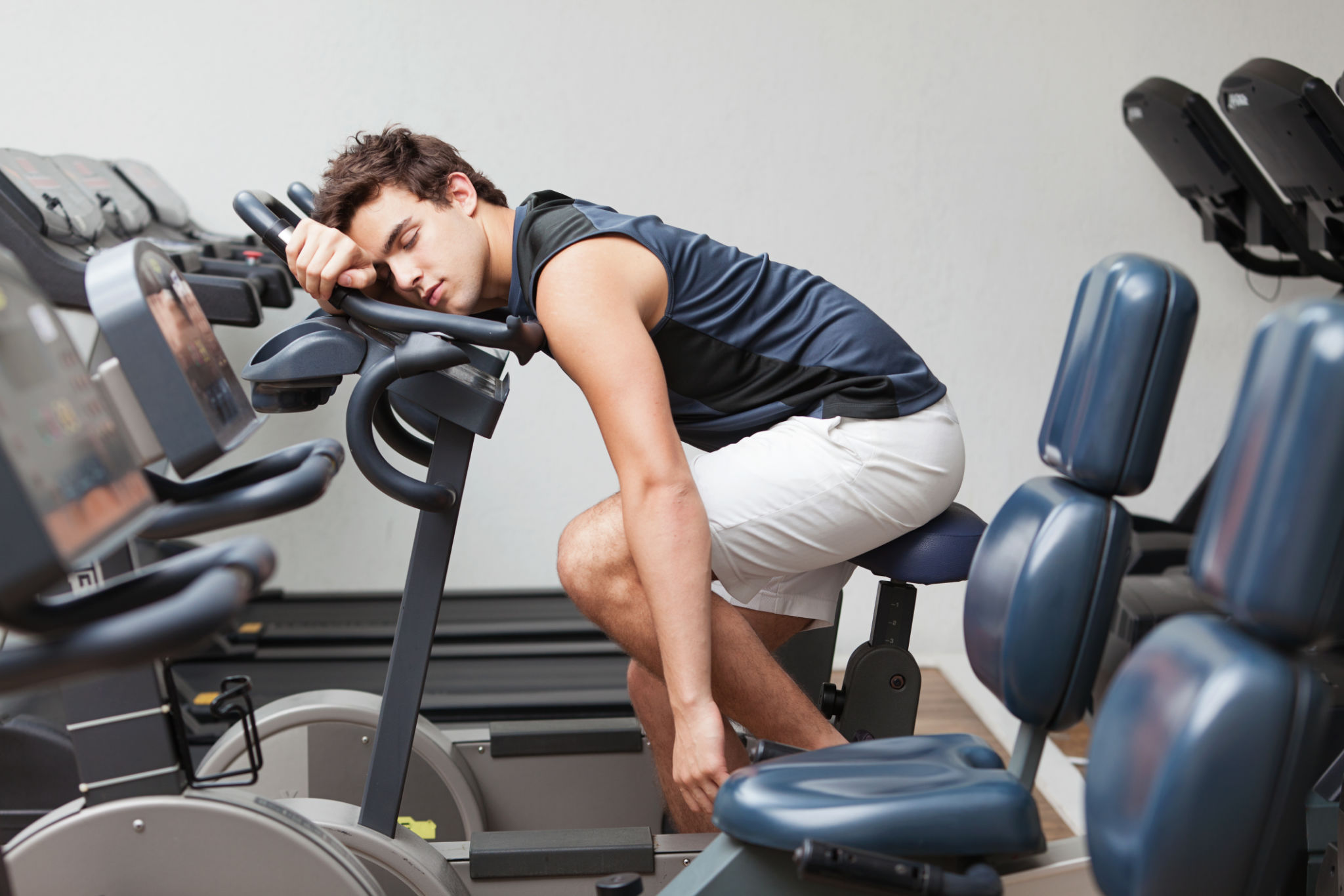The Benefits of Cryotherapy for Sports Injury Recovery: What You Need to Know
Understanding Cryotherapy
Cryotherapy, often referred to as cold therapy, involves exposing the body to extremely low temperatures for a short period. This technique has gained popularity, especially among athletes, for its potential benefits in sports injury recovery. The idea behind cryotherapy is to reduce inflammation and pain, thereby speeding up recovery. While it may sound intense, many athletes swear by its effectiveness.
The process usually involves spending a few minutes in a cryotherapy chamber, where temperatures can drop as low as -200°F. This exposure triggers a cascade of physiological responses that can enhance the body's natural healing processes.

How Cryotherapy Aids Recovery
Reduction of Inflammation and Pain
One of the primary benefits of cryotherapy is its ability to reduce inflammation. When you have a sports injury, your body responds with inflammation as a way to protect the affected area. Cryotherapy helps by constricting blood vessels and reducing the flow of inflammatory mediators. This results in decreased swelling and pain, allowing athletes to recover faster.
Enhanced Blood Circulation
After exiting the cryotherapy chamber, the body's blood vessels dilate, leading to an increase in blood circulation. This enhanced circulation helps deliver essential nutrients and oxygen to injured tissues, promoting faster healing. Improved circulation also helps flush out metabolic waste products that can accumulate during intense physical activity.

Additional Benefits for Athletes
Boosted Energy Levels and Mood
Apart from physical recovery, cryotherapy is known to provide a mental boost. The release of endorphins during the session can enhance mood and increase energy levels, which is particularly beneficial for athletes undergoing rigorous training schedules. This mental uplift can contribute positively to overall performance and motivation.
Improved Sleep Quality
Good sleep is essential for effective recovery. Cryotherapy has been reported to improve sleep quality by regulating sleep patterns and reducing stress levels. Athletes who incorporate cryotherapy into their recovery regimen often experience deeper and more restful sleep, which is crucial for muscle repair and growth.

Considerations Before Trying Cryotherapy
While cryotherapy offers numerous benefits, it's important to approach it with caution. Not everyone may be suitable for this treatment, especially those with certain medical conditions such as cardiovascular issues or severe respiratory problems. It's crucial to consult with a healthcare professional before incorporating cryotherapy into your recovery routine.
Additionally, ensure that you choose a reputable facility with trained professionals who can guide you through the process safely. Understanding the potential risks and benefits will help you make an informed decision about whether cryotherapy is right for you.
Integrating Cryotherapy into Your Recovery Plan
If you decide that cryotherapy is a good fit for your recovery plan, consider how it can be integrated with other recovery strategies. Combining cryotherapy with techniques like physical therapy, stretching, and massage can provide a comprehensive approach to healing sports injuries. By adopting a multi-faceted recovery strategy, you can maximize the benefits and return to your sport stronger than ever.
In conclusion, while cryotherapy is not a magic bullet, it offers promising benefits that can enhance traditional sports injury recovery methods. As with any treatment, individual experiences may vary, so it's essential to tailor your approach to suit your specific needs.
